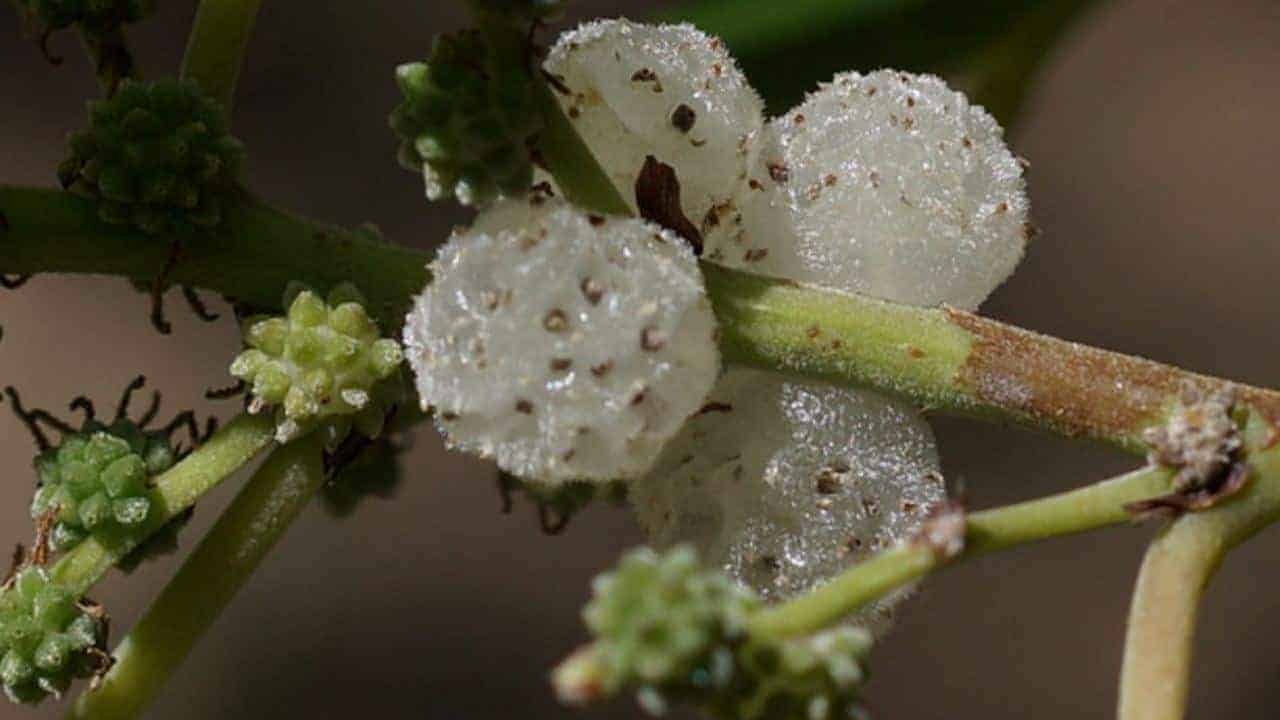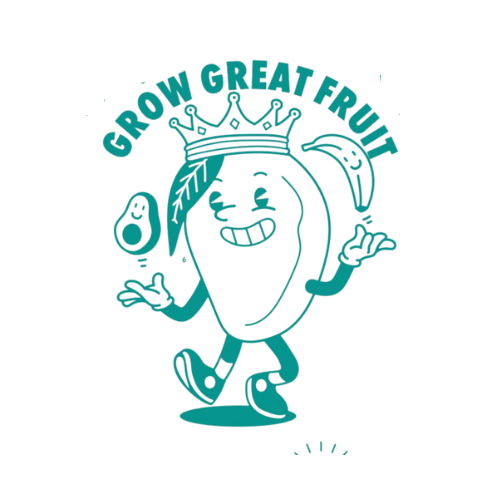Native Mulberry
Native Mulberry
The Native Mulberry is a non-stinging nettle that produces fruit so delicious, you’ll be competing with the local wildlife. This is a fast-growing species that may be cultivated as a shrub or small tree. In nature, it can be found on the margins of rainforests in south-eastern, subtropical Queensland. You’ll also find it on the islands off the coast of QLD and across the Papuan Islands.
The fruits of the Native Mulberry are small and white, almost translucent in appearance. Like strawberries, they bear their seeds on the outside. They are soft and juicy, with a sweet and delicate flavour, though like conventional mulberries, can vary in taste and texture. The leaves, roots and sap have recorded usage in traditional medicine, while the bark was used for textiles and cordage.
Flowering typically occurs from January to June, with fruit ripening between May and July. Simply pluck the berries off the branch — though you may find the riper berries too soft to harvest easily.
Native Mulberry trees are dioecious, meaning they may be male or female. They prefer warm climates, full sun and soils with good drainage. This rainforest species does not enjoy dry conditions, but can recover from droughts with heavy pruning. As a warm region plant, it won’t respond well to frost either, so gardeners in colder areas should consider keeping their trees in a hothouse or inside the home.
Younger plants have been known to look somewhat leggy, but with clever pruning and care, a mature Native Mulberry fills out nicely, reaching heights of 3-8m even in a home garden. In fact, if a native edible hedge is what you are after, look no further. This species is a welcoming host for Jezebel Nymph, White Nymph, Speckled Line-Blue, Yellow Admiral and other attractive butterfly species.
Couldn't load pickup availability
And we ship to QLD, NSW, VIC, SA and ACT every Monday and Tuesday.
View full details


